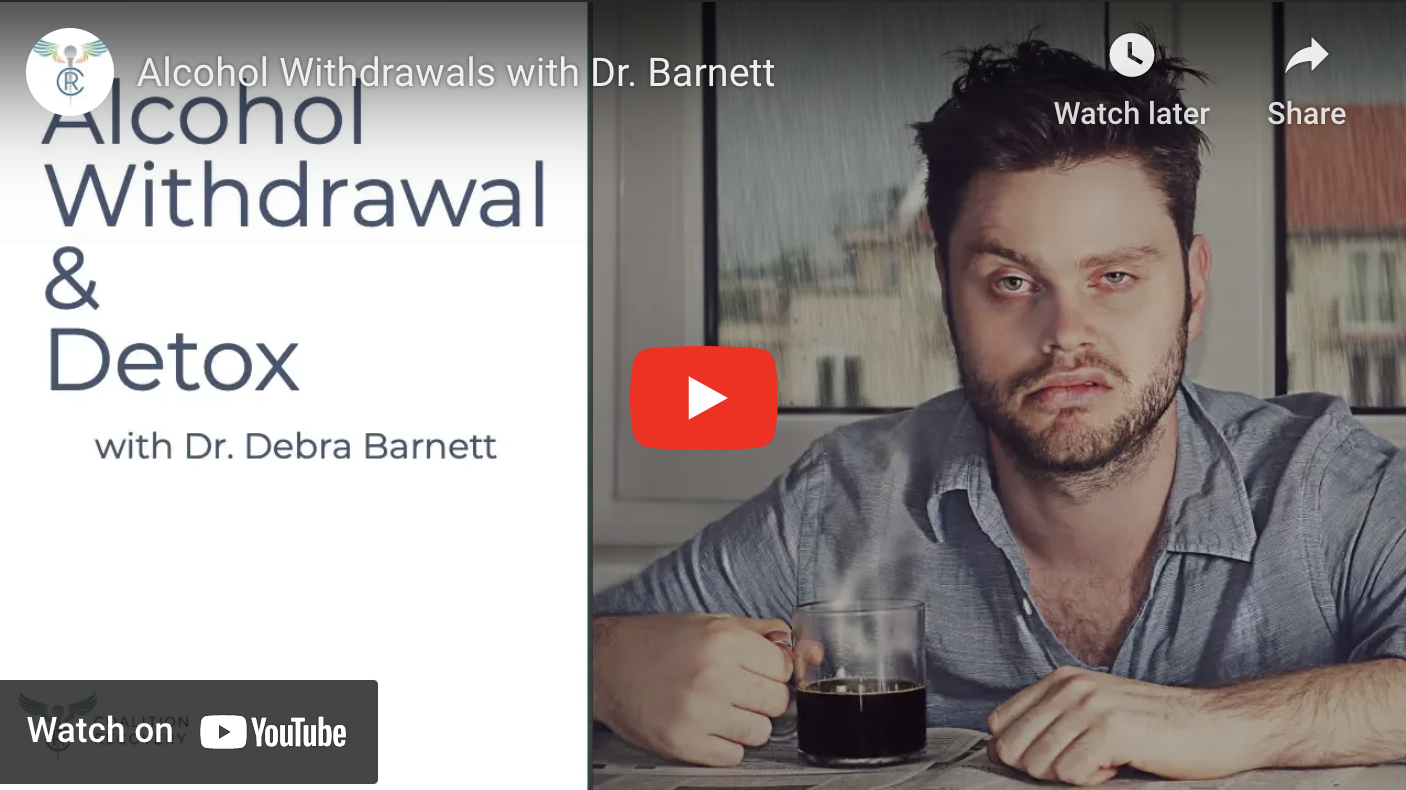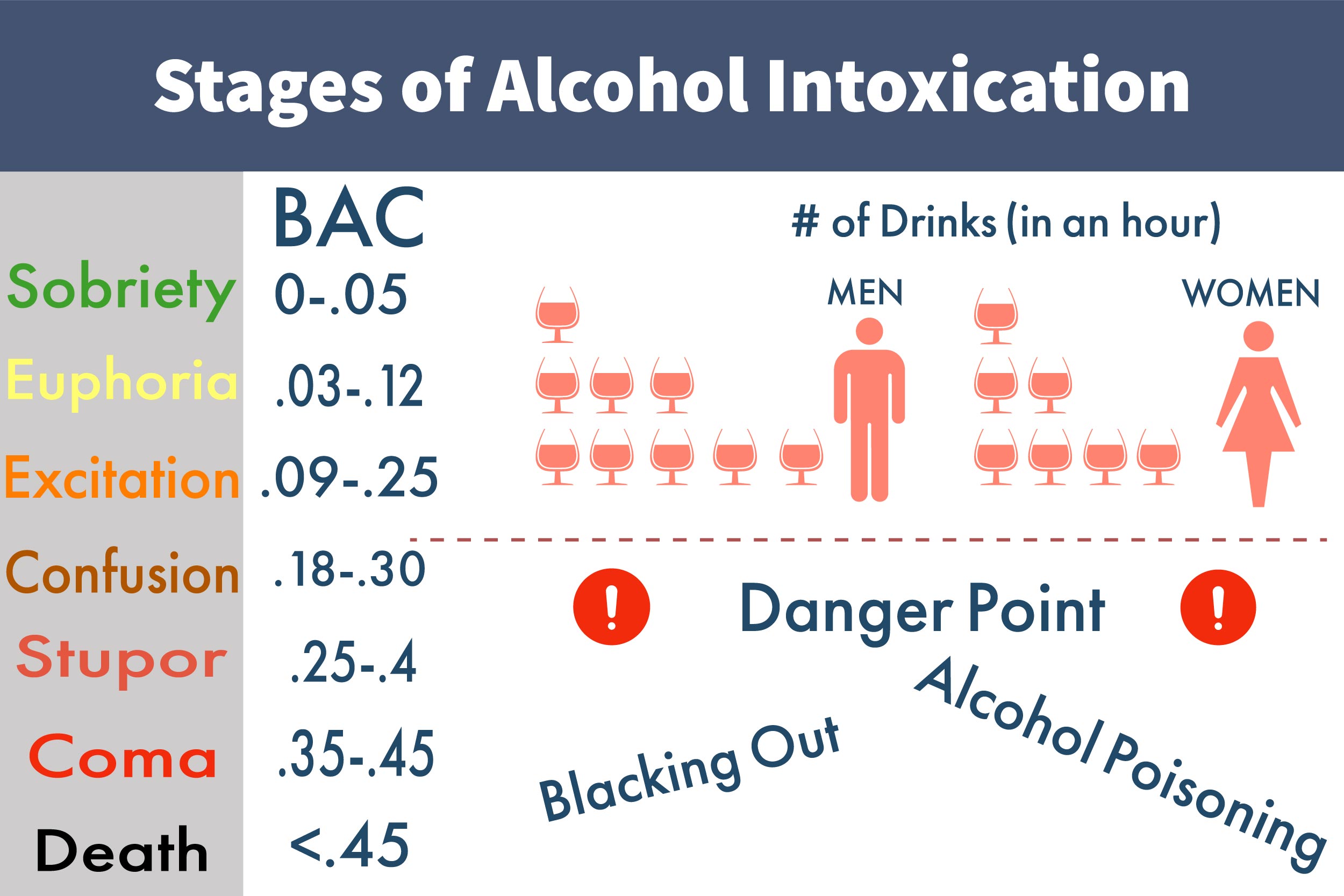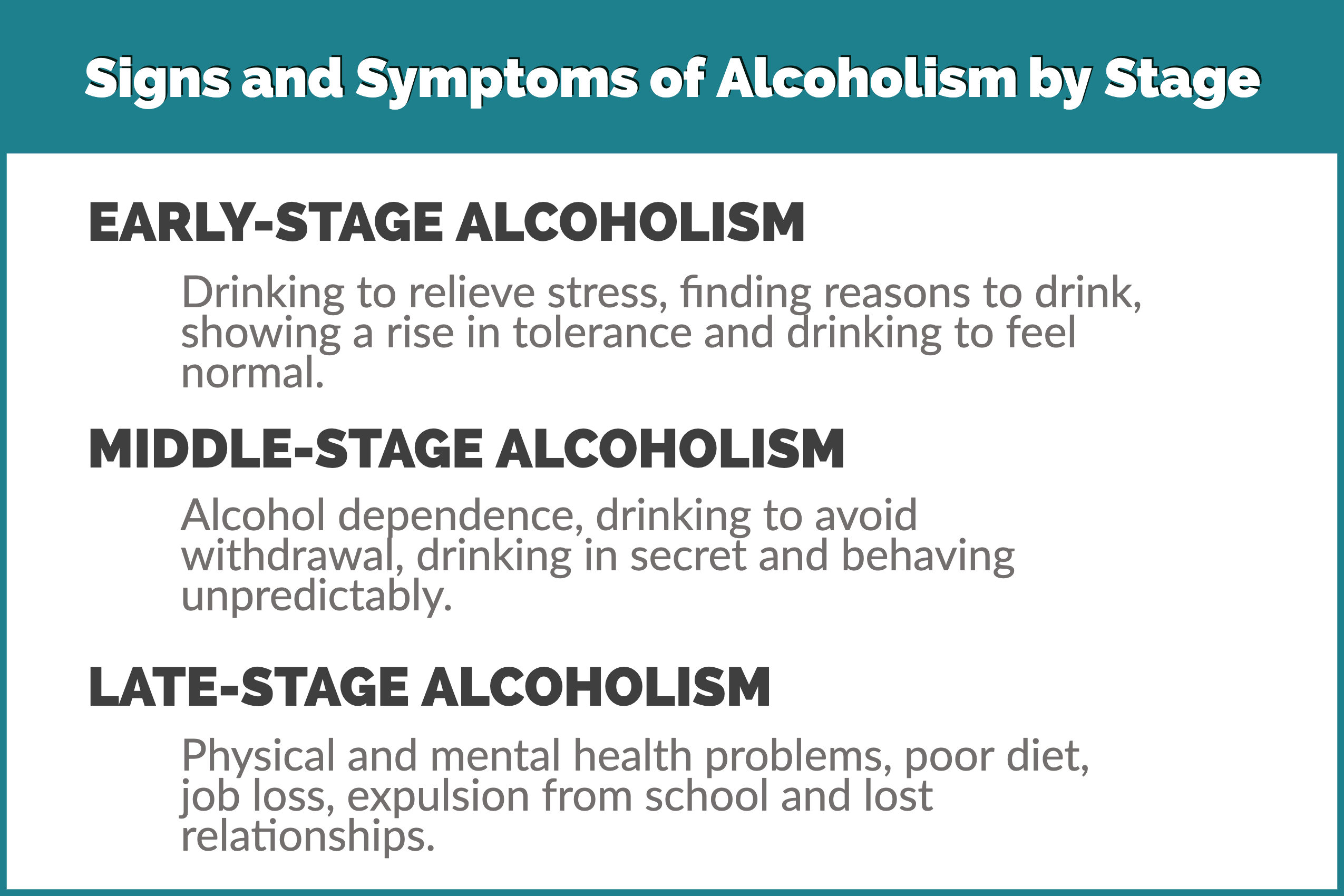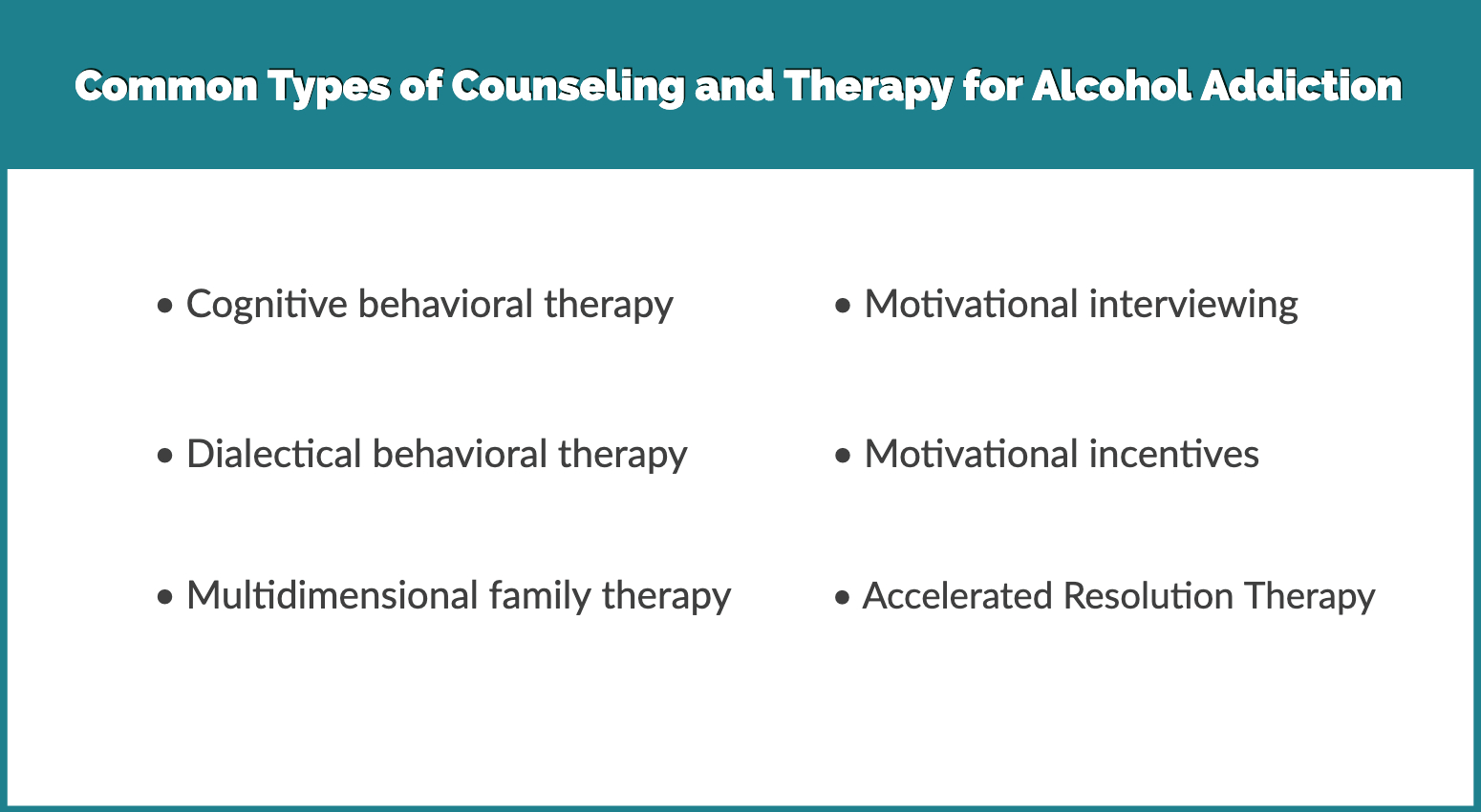Call now to get started!
We provide the support you need to rebuild your life.
Reach out to our team today at 888.707.2873.
Reach out to our team today at 888.707.2873.
 Alcohol (chemical name Ethanol) is one of the oldest recreational drugs used by humans and the most widely used psychoactive drug today. Historically the drug was used for a variety of functions including medicinal purposes, but today we are most familiar with alcohol as a recreational drink used in social gatherings. Alcohol affects the central nervous system of the body and impacts the brain, liver, heart, and pancreas. For this reason, alcohol has a mixture of short-term and long-term effects.
Alcohol (chemical name Ethanol) is one of the oldest recreational drugs used by humans and the most widely used psychoactive drug today. Historically the drug was used for a variety of functions including medicinal purposes, but today we are most familiar with alcohol as a recreational drink used in social gatherings. Alcohol affects the central nervous system of the body and impacts the brain, liver, heart, and pancreas. For this reason, alcohol has a mixture of short-term and long-term effects.
In the United States, nearly 14 million adults, or every one in 13 adults, abuse alcohol making it the most abused substance in the nation. Although few people who abuse alcohol actually seek help, there are effective ways to treat the disorder using a combination of medication, group therapy, and counseling at an alcohol rehab program in Tampa Bay.

Alcohol is made through a process called fermentation. Fermentation is the process in which yeast breaks down sugar into alcohol and carbon dioxide. Yeast are tiny single-celled fungi that contain special enzymes responsible for this reaction.
Alcohol is a chemical compound that causes a variety of effects on many different parts of the human body. It is impossible to reduce its effects, positive or negative, to a simple metric. A general description of alcohol is that it is a central nervous system depressant meaning it impairs one’s perception and slows reaction time. This action on the CNS produces particular effects like mood lift and euphoria, decreased anxiety, increased sociability, sedation, impairment of cognitive, memory, motor, and sensory function. While some of these effects are the reason most people drink, the adverse effects of drinking outweigh the positive; especially when drinking continues over time. While some effects can make us feel more relaxed and lower our inhibitions, it also increases the risk of accidents or makes the intoxicated person more vulnerable to violence and abuse.
When a person drinks, the alcohol increases the effects of GABA. GABA is a neurotransmitter responsible for creating feelings of euphoria and calmness as well as decreasing glutamate, another neurotransmitter that increases feelings of excitement. When a person drinks heavily and often, the body starts to think it isn’t necessary to produce as many neurotransmitters naturally; so over time, naturally producing GABA decreases increasing glutamate as well. Eventually, more alcohol is needed to feel the same desired effects as before. Therefore, when an individual who has been consistently drinking for some time stops drinking, their neurotransmitter levels are very low leading to severe physical and psychological withdrawals.
How a person reacts to alcohol depends on their size, age, gender, and tolerance.

From its inception (said to be around the Neolithic period), alcohol has taken many forms and uses including festivities, rituals, medicine, and cooking. While this popular liquid substance changed throughout the world and time, one thing that remained constant was the danger of excessive drinking. Greeks, originally known for the creation of mead, wrote warnings against excessive drinking throughout their literature.
Depending on the geographic location and time, alcohol was made in a variety of ways, but typically involved grapes, wheat, barley, berries, honey, or rice. The fermentation of grapes which led to the creation of wine was discovered by the Greeks and became one of the most widely used mediums for alcohol consumption throughout the Mediterranean countries. It wasn’t until the 16th and 17th century England where drunken intoxication became a prominent problem.
Today it has become ingrained in American society as a way to relax, socialize, and have fun; unfortunately, the addictive properties have not gone away and continue to be one of the more pressing health issues in America today alongside the opioid epidemic. Alcohol use disorders tend to be an overlooked public health crisis as a new study published in JAMA Psychiatry found that the rate of alcohol use disorder rose by a shocking 49 percent in the first decade of the 2000s.
When considering the dangers of alcohol, the dangers we most commonly think of are associated with prolonged use but there are a variety of short-term dangers as well. Alcohol poisoning is a serious and sometimes deadly consequence of drinking too much alcohol in a short period of time. Drinking too much too quickly can affect your breathing, heart rate, body temperature, and gag reflex; potentially leading to coma or death. Drinking too much causing a black-out can happen and can cause severe irreversible damage to an individual’s brain and/or heart. Drinking can also provoke unwanted behavior for certain individuals. Because alcohol reduces inhibitions, it creates a susceptibility for people to partake in risky behaviors like risky sexual behavior, criminal activity, violent and aggressive behavior, driving under the influence, inappropriate comments and behavior to friends, family, or co-workers, and a willingness to experiment with other drugs.
Alcohol affects the brain, and over continual use can cause adverse mental disorders such as depression, anxiety, bipolar disorders, and antisocial personality disorder. Having both an alcohol use disorder alongside another mental health disorder is considered co-occurring and requires a dual-diagnosis treatment program.
The liver is responsible for metabolizing the alcohol and turning it into a digestible product but it can only do this in small amounts. Too much alcohol can cause liver inflammations, including fatty liver, alcoholic hepatitis, fibrosis, and cirrhosis.
Heavy drinking is the leading cause of heart disease. Alcohol contributes to cardiomyopathy (which is the stretching of the heart muscle), stroke, arrhythmias, and high blood pressure.
The pancreas is responsible for helping the body digest food by producing two necessary hormones that increase and decrease the level of sugar in the blood but alcohol causes the pancreas to release a chemical that is harmful to the body. Long-term alcohol abuse may cause the blood vessels that surround the pancreas to swell up, causing pancreatitis.
Kidneys are responsible for filtering our harmful substances from our blood, but heavy drinking is a known cause of high blood pressure, which can lead to kidney disease.
The stomach produces more acid than normal when drinking causing a variety of complications but most common are acid reflux and inflammation of the stomach lining (gastritis). Other digestive problems caused by alcohol include nausea, vomiting, internal bleeding, ulcers, and diarrhea. Long-term alcohol abuse may lead to stomach cancer.

Withdrawal from alcohol is one of the most excruciating processes when compared to almost all other drugs. Alcohol withdrawal symptoms cause individuals to feel extreme discomfort and in some cases can cause severe or fatal seizures. Always consult your doctor or treatment center before deciding to quit drinking as it can have a variety of adverse effects. Withdrawals from alcohol include:
Mild symptoms usually show up as early as six hours but typically emerge after 24 hours without drinking. The severity of withdrawals is dependent on the severity and frequency of drinking. These feelings can be apparent for binge drinkers but very common with heavy drinkers.
Moderate drinking is drinking up to one drink a day for women and two drinks a day for men. Withdrawals from this type of drinking are rare and minimal if any. Withdrawal symptoms could include minor irritations like headaches and irritableness.
Drinking alcohol to obtain (BAC) levels to 0.08 g/dL. This usually occurs after four drinks for women and five drinks for men in about two hours. Depending on their frequency, binge drinkers can produce minor withdrawal symptoms like anxiety, restlessness, and shakiness when drinking stops.
For men, having 15 drinks or more during a week is considered heavy drinking. For women, it’s eight drinks over the course of a week. And for heavy drinkers, alcohol withdrawal symptoms will be substantially more severe. The cessation of drinking can lead to symptoms like confusion, racing heart, high blood pressure, fever, and heavy sweating.

More serious problems range from hallucinations about 12 to 24 hours after that last drink to seizures within the first 2 days. These severe withdrawal symptoms are for individuals who have been heavy drinkers for a extended period of time – usually over a year. If you believe you may be a heavy drinker it is crucial that you do not try to quit drinking without professional help. Alcohol withdrawals can be extremely unpleasant and even sometimes fatal. An alcohol detox program like Coalition Recovery is designed to help individuals through the withdrawal stages with minimum discomfort and maximum safety. Severe withdrawal symptoms include.
Alcohol withdrawal delirium (AWD) is the most serious form of alcohol withdrawal. It causes sudden and severe problems in the brain and nervous system leading to severe confusion and grand mal seizures that can be fatal without proper medical supervision.

Your treatment will depend on the severity of drinking and therefore the severity of symptoms. Always consult your primary physician first before you quit drinking on your own. IF you are considering quitting drinking it is important to seek medical advice first to ensure your safety. Consult your primary physician or call our recovery specialist today 888.707.2873
If you are experiencing mild to moderate symptoms, chances are you will be able to recuperate at home but it is advised to have someone there with you during this stage to watch you in the event that your symptoms get worse. Counseling is often suggested to take a proactive step towards alcohol use.
These symptoms will require more intense monitoring. Individuals will typically be hospitalized to monitor vitals, monitor blood chemical levels, and to administer intravenous (IV) fluids to prevent dehydration. Sedative and other alcohol withdrawal medications and are often administered to help with adverse withdrawals and seizures. Detox centers specialize in safe and effective detox from drugs and/or alcohol. Learn more about the detox procedure.
Detoxing from a drug is a short-term fix to the overall problem. The best long-term treatment for alcohol use is abstinence. Clinical treatment involving evidence-based psychotherapy counseling and medication offers the best chance for lifelong recovery. Call Coalition Recovery and have one of our addiction specialists set you up with a personalized program today.
Alcohol addiction, alcoholism, or alcohol use disorder – are all terms used to refer to the chronic mental health condition in which a person becomes so dependent on alcohol that it affects their life. It can be hard to define alcoholism because there are a variety of severities, ways it affects people, and ways in which it can come about, but one thing that remains constant is its effect on an individual’s life and health.
Like many addictive substances, alcohol affects the reward center in our brains. It can affect certain individuals to the extent that their brains are re-wired to desire alcohol. The susceptibility for addiction can depend on a variety of factors but primarily break down into biological and social factors.
Individuals with a genetic history of alcoholism in their family are more prone to alcoholism. Those with certain types of mental health disorders may also be more likely to become addicted and dependent on alcohol.
The environment a person grows up in can drastically impact their decisions later in life. If an individual grows up with parents who drink regularly, they may believe drinking constantly is a natural and ok thing to do. Also, drinking is a regular part of American society, and in certain social circles, drinking regularly can be seen as normal.
To fully know if you or a loved one needs professional help, talk to a doctor. He/she will assess whether or not you actually have a disorder, if you need to cut back on drinking, or if your drinking is normal. If you are unsure whether or not a person has an alcohol use disorder, here are some common things to look for:
Alcohol causes a range of health effects. Short-term side effects of alcohol abuse include alcohol poisoning and blacking out. Long-term health effects of alcohol include depression, anxiety, and a variety of diseases and disorders.
Friends and family members of alcoholics also face the consequences of their loved one’s disease. Alcohol addiction causes legal, financial, and relationship problems. Alcoholics often struggle to have healthy relationships with loved ones.
Some people who are addicted to alcohol mix the substance with other drugs. But alcohol can cause dangerous interactions with over-the-counter drugs and some everyday substances, such as caffeine. When people mix alcohol with illicit or prescription drugs, the interactions can be life-threatening.
Everyone is different, and generally the longer the drinking, the longer it takes to reverse the damage – but thankfully much of the damage caused by excessive drinking can be reversed. Studies show that abstaining from alcohol for several months can show significant structural changes in the brain that can help improve overall thinking and problem-solving skills as well as memory and attention improvements. Other studies have shown that damage to the liver can be improved in as little as six weeks from abstinence. Other health benefits can include:
People with mild alcohol problems may be able to quit drinking on their own or with the help of support groups. However, people who are addicted to alcohol require treatment. Recovery from alcohol addiction is achievable with assistance from doctors, therapists, peers, friends, and family members.
The first step is determining whether you or your loved one has a substance abuse disorder. To be sure, ask your primary physician or doctor. Knowing the severity of your potential withdrawal is very important considering the possibility of fatal outcomes. Alcohol abuse is primarily diagnosed with a physical exam and a toxicology screen. Toxicology screenings measure the amount of alcohol present in your blood and urine. Additional to your exams, the doctor will also look for physical symptoms like tremors in your hands, high blood pressure, fast heartbeat, fever, dilated pupils, and fast breathing.
The Clinical Institute Withdrawal Assessment for Alcohol scale is also a very common questionnaire that doctors may use to establish the severity of withdrawal. This questionnaire asks 10 questions to measure:
They will be able to assess the severity of the disorder through a medical examination and questionnaire. Typical signs of alcohol use disorder (alcoholism) include:
It is estimated that over 95% of those who need treatment for alcoholism do not feel they need treatment. One of the hardest factors is letting someone know they may need rehabilitation as they are often unreceptive to the idea of getting help. This is usually due to the way we view addiction today – as a failure or fault in someone instead of an illness.
Therefore, first and foremost, erase the stigma behind alcohol addiction. Often people who struggle with this disorder feel alone and ashamed and this is one of the biggest barriers to seeking help. So, remind them that alcohol use disorders are quite common. Also, informing them that alcoholism is a mental illness takes the fault away from themselves which can help alleviate some self-resentment as well.
The most important factor when confronting a loved one about their addiction is to come from a place of love and concern. Do not blame a person for their past actions as this will only aggravate the individual. Coming from a place of love and understanding will lead to productive conversations. Try saying things like
Affecting almost one in every 13 adults, alcohol use disorders are quite common in America; unfortunately, treatment for this illness is much less common.
The treatment process for alcohol use disorder requires a multi-step approach. First, a person should go through detoxification to expel all unwanted substances from the body and minimize the withdrawal symptoms associated. The detox process can be difficult for some. However, the use of modern medication and medical support can minimize discomfort.
After the detoxification process, real treatment begins. Often, individuals believe that theynjust need to get past the withdrawals; and once they can get past those they won’t feel the need to drink anymore but this is not the case. While physical withdrawal symptoms can be a contributing factor during addition, there are always underlying factors to address to successfully maintain long-term sobriety.
We address these factors through group therapy, counseling, medication, life skill management, and spiritual growth. Here at Coalition Recovery in Tampa Bay, we help heal individuals, build strong will, and establish a sense of purpose and connection to their overall life. We believe this is the recipe to build the self-efficacy needed for long-term success.
If you or a loved one is suffering from an alcohol use disorder reach out to one of our addiction specialists today. They can walk you through the necessary steps needed to admit to treatment. They can help answer any questions or reservations you may have; including how to attend treatment while working or in school. A better life awaits – don’t wait! Call Coalition Recovery today at 888.707.2873.